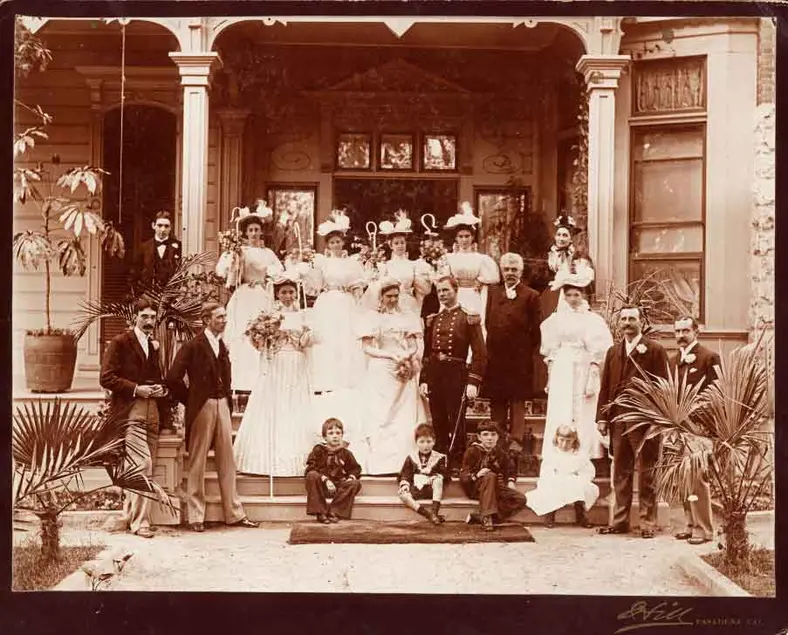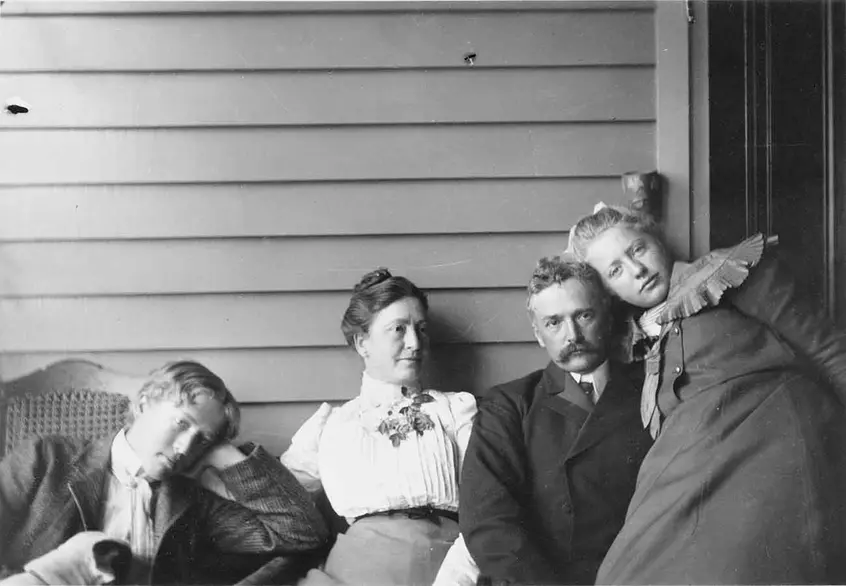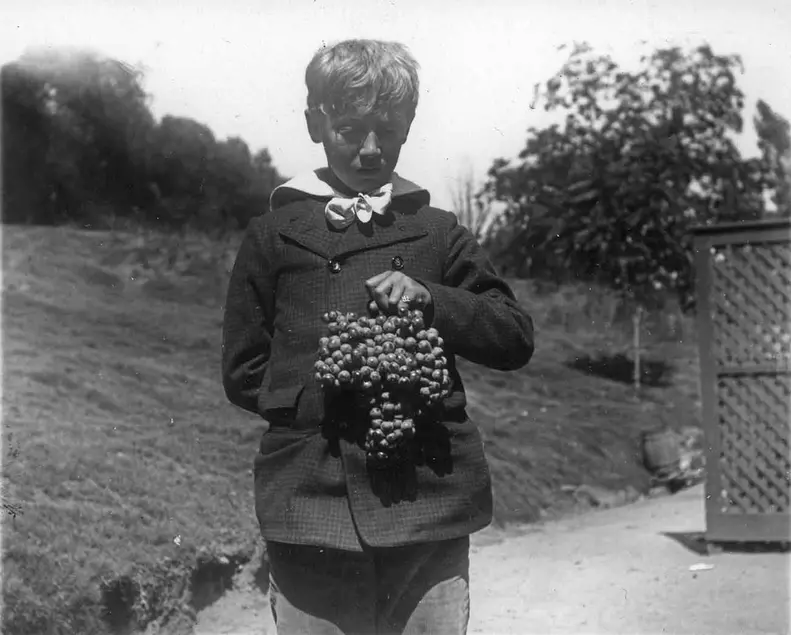Cultivating California: Founding Families of the San Marino Ranch
To mark San Marino's centennial year, The Huntington has mounted a special exhibition titled "Cultivating California: The Founding Families of the San Marino Ranch," on view Feb. 16–May 13. The exhibition tells the story of the Wilson, Shorb, and Patton families, who helped transform a region of one-time Spanish land grants into an agricultural paradise.





